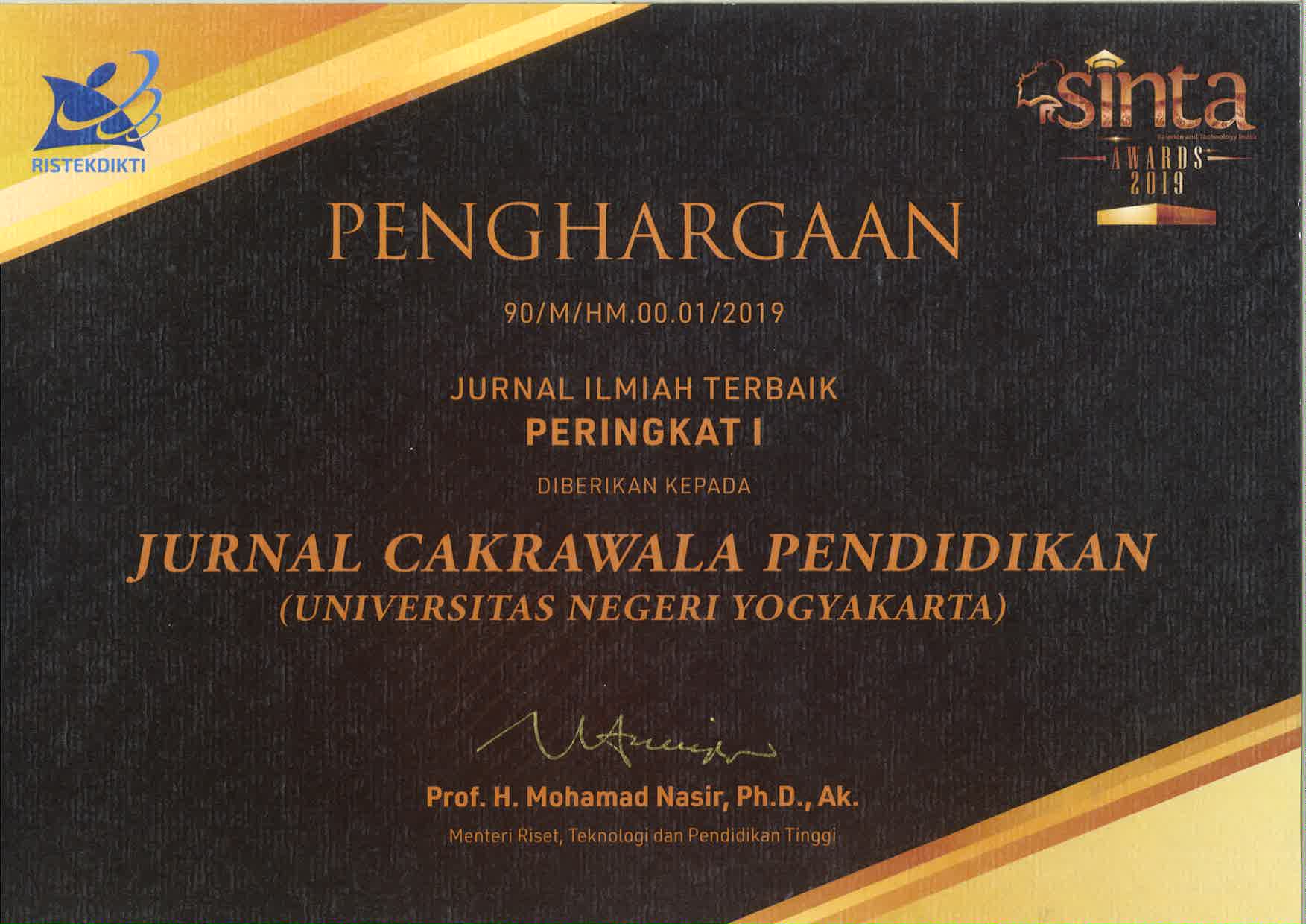PERAN KINESTESIS DALAM PEMBELAJARAN MOTORIK
Downloads
This article describes the role of kinesthesis in motor learning. It starts with a definition that kinesthesis is generally regarded as
“a feeling or awareness” of body position and body movement. But there are four factors seemingly quite common in definitions of kinesthesis: positioning of body segments, precision of movement, balance, and spatial orientation. Any appropriate reference explaining the reception and tramsmission of kinesthetic information during movement has not yet been determined to the satisfaction of all those working in this area. Traditionally, it has been assumed that the proprioceptor in the muscles represents the source of kinesthesis. The possibility of improving the capability of the kinesthetic organ of sense has been a subject of considerable
interest in discussions among instructors of physical education. But there is, as yet, no convincing evidence that kinesthesis can be improved. It is generally stated, though, that the more one practices in repeating a certain movement, the more skillful one becomes in making that movement. One can feel, however, that “feeling” and “balance”, as main elements of kinesthesis, can be improved through increased practice frequency and or creation of a conducive condition.
Key words: kinesthesis, positioning of body segments, precision of movement, balance, and spatial orientation
Nugroho, S. (2010). PERAN KINESTESIS DALAM PEMBELAJARAN MOTORIK. Jurnal Cakrawala Pendidikan, (2). https://doi.org/10.21831/cp.v0i2.370
Downloads
Download data is not yet available.
Jurnal Cakrawala Pendidikan, Jurnal Ilmiah Pendidikan, with ISSN: 0216-1370, is published by the Institute of Education Development and Quality Assurance (LPPMP UNY). Cakrawala Pendidikan has been recently has been re-accredited by Indonesian Ministry of Education and Culture decision Number 230/E/KPT/2022 which is valid for five years since enacted on 30 December 2022.




























